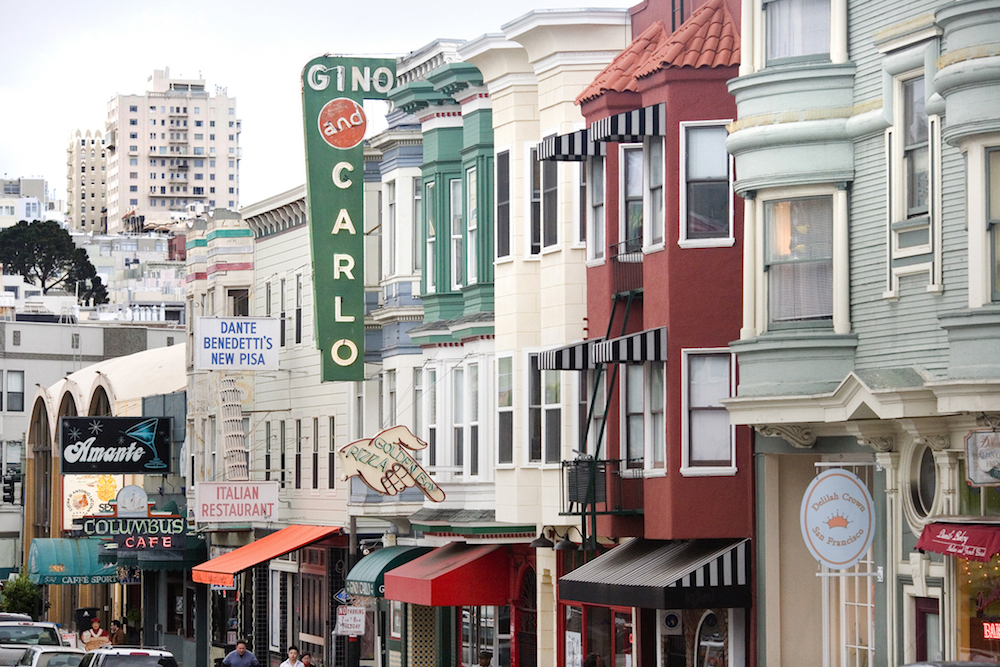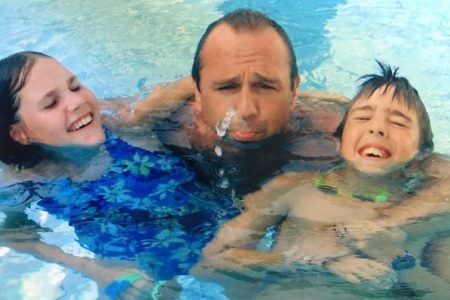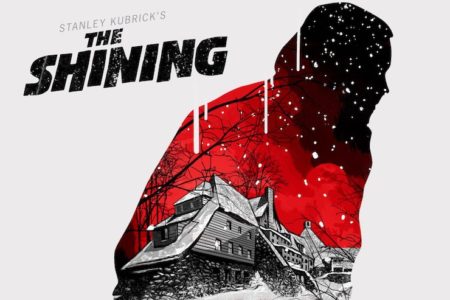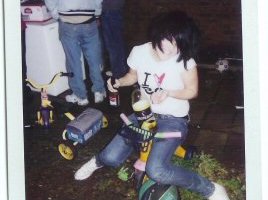San Francisco Series: A prelude

Reading time: 4 minutes
By Alice Austin
The runway at San Francisco airport lies adjacent to the bay. As the aircraft descends, the blue water looms so close it’s as though the plane will skim neatly onto the sparkling bay itself. At the last minute the grey carpet runway rolls out and with a little bump and some adrenaline, you’ve arrived.
Victorian houses balance on precarious hills, so steep steps are built in to them. Trams rattle down Powell, unearthing the heritage of downtown SF to a gaggle of map-clutching explorers. Shoeless hippies wander along Haight Street, ukulele in one hand and a peace sign in the other. The city exudes spontaneity and opportunity; its peaks and valleys and higgledy-piggledy architecture makes it impossible to predict what lies behind the next street corner.
Part of the magic of San Francisco lies in its contrasts. The districts overlay the city like a mosaic, each with a character so unique it’s a wonder they lie side by side. A wrong turn in the buzzing epicentre of downtown Market Street leaves tourists blinking and confused in the Tenderloin. Needles litter the dirty grey streets, the square blocks of deprivation creating a stark contrast to the gleaming Macy’s the lost explorer was searching for.
The Mission District brims with a delectable seediness. It boasts some of the best Mexican food in California, as well as the dingiest venues and liveliest bars. One night in the Mission I stumbled upon an art gallery hosting a round-the-world ping pong competition. I walked in to be greeted by a fixie of hipsters running as fast as they could around a table in their skin-tight jeans, ping pong bats flailing and square glasses askew.
I arrived mid-summer. I spent hot nights in North Beach hopping from bar to bar, their neon signs glowing, the streets radiating the magic of my literary heroes. I spent bright mornings in City Lights Bookstore, envisioning Jack Kerouac and the gang sauntering past, hands deep in their pockets, laughing and whooping as they created a generation. I was enchanted. The city was a liberal oasis with its pioneering gay rights movements and rejection of conformity; the rebellious punk-rock little brother to the glossy, vacuous Los Angeles.
The city’s liberal roots grew as a result of the Sacramento Valley Gold Rush in 1848. As word spread that Northern California was sitting on an actual gold mine, thousands of young men from all corners of the world descended upon the sparsely populated Bay Area. By 1849, gold mining towns had sprung up all around San Francisco. Men who had left their young families at home to make their fortune had their loneliness catered to by saloons, brothels and casinos.
North Beach, then known as The Barbary Coast, quickly became a red light district, while the disproportionate amount of men to women created an environment where homosexuality could flourish. By 1857 all of the gold, the original pink pound, had been unearthed from the soil of Sacramento. San Francisco was now an affluent city, culturally equipped to pave the way to sexual liberation in all its forms.
The pristine Castro district emulates the unapologetic deviancy of the city. On my first visit I was confronted with the sight of a man in his late 50s reading a newspaper and enjoying the sunshine, stark-bollock naked apart from a pair of socks and battered sneakers. Opposite was a nail salon called Hand Job.
The charm of San Francisco lies in the unexpected. It’s an open air screening of The Big Lebowski on a warm July evening in Dolores Park. A Q&A with my favourite author Jonathan Safran Foer on an unassuming Monday afternoon. The Local Natives performing a free set at Amoeba Records on Haight. An open mic night in a dusty Antique shop basement.


